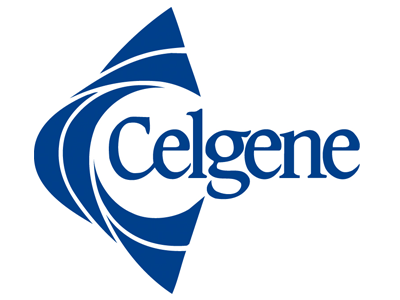 CELGENE-FUNDED SPONSORED RESEARCH PROJECT - 2012
CELGENE-FUNDED SPONSORED RESEARCH PROJECT - 2012
(VISITING SCHOLAR)
Garry Nolan (Microbiology and Immunology)
ACE-011 is a chimeric protein containing the extracellular domain of the activin receptor 2A (ActRIIA) fused to the Fc domain of human IgG1. ActRIIA is a high-affinity type II receptor within the transforming growth factor (TGF)- beta superfamily that binds to activin A/B but also to many TGF-b ligands such as growth differentiation factor (GDF)-11, bone morphogenetic protein (BMP)-10, and to a lesser extent, myostatin (GDF-9). The murine counterpart of ACE-011, called RAP-011, has been extensively evaluated in pre-clinical studies and has a similar binding profile as ACE-011. Both ACE-011 and RAP-011 have been shown to significantly increase bone mineral density and strength in normal animals and in a variety of animal models of bone loss including ovariectomy-induced osteopenia and tumor-induced osteolysis. Furthermore, in a phase I clinical trial in postmenopausal females, ACE-011 increased hematocrit (HCT), hemoglobin (Hgb) and red blood cell(RBC) levels. Several mouse models have been developed to test the effect of RAP-011 in RBC production, demonstrating that RAP-011 rapidly increases Hct and HGb levels in healthy mice as well as prevents anemia in nephrectomized and chemotherapy-treated animals. The pre-clinical models showed that the stimulatory effect of RAP-011 on erythropoiesis may be indirect and distinct from the actions of erythropoietin, but the mechanism by which ACE-011 may regulate erythropoiesis is only partially understood.
New approaches to analyze RAP-011 effects on erythropoiesis to better understand its mechanism of action. Along these lines, CyTOF Mass Cytometer introduces the next generation of highly multiplexed singled cell analyzers which will provide new insights into the biology of complex cellular networks. While flow cytometry enables researchers to simultaneously examine 10-15 cell surface parameters, new mass flow cytometry technology enables interrogation of up to 45 parameters on a single cell. This new technology has increased understanding of cell expression and how cells differentiate during hematopoiesis. Dr. Garry Nolan's laboratory has studied, optimized and analyzed human and mouse BM samples by using CyTOF. Furthermore, they have developed the spanning-tree progression analysis of density-normalized events (SPADE) approach to extract a hierarchy from high-dimensional cytometry data by enabling multiple cell types to be visualized in a branched tree structure without requiring the user to define a known cellular ordering. Through a two-dimensional visualization, SPADE shows how measured protein markers behave across different cell types in the data; this could allow us to identify both known and novel cell types which respond to RAP-011 treatment by changes in cell viability, proliferation or differentiation while we also quantify the expression of Smad proteins, Bcl-xL, Fas/Fas-L or caspases in the same cell subset. The extension of this analysis to our pre-clinical models can provide new insights into the mechanisms of anemia that perturb hematological function and could help pinpoint the true specificity and efficacy of RAP-011 to restore the system to homeostasis.


